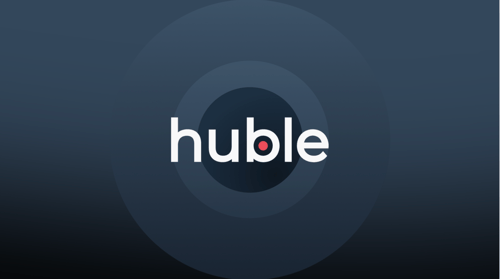Alright, you’ve gone digital, and people say you’ve got a super website.
Well done, you!
(That’s not sarcasm. Most businesses, like most people, are afraid of fully embracing the reality of the fast-moving and ever-changing online environment).
Now, you’ve got some things to consider. For one, you’re probably dealing with a hell of a lot of content. From the website text itself to social, emails and blogs, and not forgetting all your other marketing, you’re going to be categorising until the cows come home (and they’re hard-drinking cows those, so they’ll probably be a while).
Luckily, there are some easy-to-remember, hard and fast, probably-won’t-change-even-if-the-polar-bears-revolt rules when sorting through content on your site (apologies if the following sounds like I’m talking to a four-year-old):
- Content should support a key business objective
- Content should fulfil user needs
The fact is, a lot of businesses have a lot of online content that does neither of those things. So then what is it actually doing?
- Nothing constructive.
- Taking up valuable space and wasting valuable browsing time.
- Infuriating users, and losing potential clients.
- Helping money be spent elsewhere.
If you answered ‘all of the above’, you’re right.
You see, a website isn’t just a billboard with pretty colours and fancy text. A website is an argument for your business. It answers the following questions (which all users and clients subconsciously ask) in the affirmative: Does this look/feel like a professional operation? Should I spend my time exploring this business’s website? Do I feel I can trust them to know what they’re talking about and deliver as they claim? And finally and most importantly: Should I spend my money here?
With that in mind, let’s explore the first commandment of an effective content strategy.
1st Commandment: Effective Content Shall Support a Key Business Objective
Someone needs a product and they decide to go online to find it. You happen to sell the exact product they are looking for. Now ask yourself: does all my online content support the process of turning that browsing, potential customer into a dedicated, returning patron?
No matter what your business or business model, whatever the size and shape of your sales funneland no matter who your clients are, it all essentially comes down to that.
Obviously, your primary business objective is to receive money in return for goods or services. Fine. But before someone is willing to part with their cash (especially in the current spoiled-for-choice and attention deficit online environment) they’re going to have to like and trust your business enough to give it a try. So let’s look at ‘like’ and ‘trust’ in the context of good content.
I like…
Content that is simple, has an obvious thrust and doesn’t waste my time.
Content that helps me decide whether your business is better than the next guy’s business.
Content that assumes I am a reasonably well-educated, discerning individual.
I don’t like…
Lots of complicated, seemingly unconnected text with little widgets everywhere that may or may not be clickable.
Empty promises that any business could make.
Harvey Norman-style advertising.
I trust…
A business that has a lot of positive reviews and recommendations or a reputation for efficiency.
A business that has the appropriate online trust symbols prominently displayed.
A business that is acknowledged as a thought-leader and has connections with industry media.
I distrust…
Websites that are only half functional.
Businesses that don’t engage customers online.
A business with an unprofessional email address (it costs almost nothing to have @mygreatbusiness rather than @gmail.com).
So, if likeability and trust are two of your business objectives (and let’s face it, unless you’re Halliburton, both really should be), then the content you display on your website should serve to promote them. Ask yourself: does the content on my site help people engage with and trust my business or brand? If not, back to the drawing board you go.
2nd Commandment: Thy Content Shall Fulfil User Needs
Someone has decided to purchase your expertise or product. Now ask yourself: does all my online content help that person efficiently use the product and solve all the foreseeable problems they might encounter?
Your customers are always going to need something you are not going to be on hand to provide. Even if it’s just a fact that helps someone feel better informed, if all your content is doing something for someone (especially clients, or those who might one day become a client or are connected to potential clients), your content is good content. So let’s look at some examples of good content in this context:
- A FAQ page that anticipates client questions.
- A blog page that engages clients with issues relevant to their businesses or industry news.
- An obvious, trustworthy and easy-to-use shopping cart and returns system.
- A well thought-out flow of information over the entirety of your site, which takes into account the thought process of those who will be using it.
- A ‘useful links’ page, which shows customers where to find that which they might need, but which you don’t provide.
- A testimonial page, with reviews from previous clients.
- A social media feed where you can visibly respond to queries, post relevant information and connect with the industry.
While these commandments are really useful, I haven’t even mentioned persona targeting, keyword research (that’s for showing up on Google, you see), downloadable content assets, lead nurturing emails, content seeding and the numerous other elements of successful digital marketing. If that sounds scary, then perhaps you should consider the growth and scalability potential of content strategy and digital marketing outsourcing.
Just a thought.










-3.png?width=500&height=320&name=Matt%20-%20imagery%20bank%20(8)-3.png)

